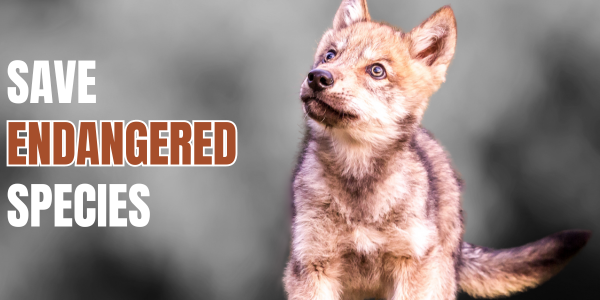Photo credit: USDA
Mono Basin sage grouse (Centrocercus urophasianus) | ESA status: none
Mono Basin sage grouse
The Mono Basin (or “bi-state”) sage grouse is a genetically distinct population of greater sage grouse that occurs on the border of California and Nevada.
Mono Basin sage grouse facts
Mono Basin sage grouse are loners among sage grouse in the West. Sage grouse are a widely distributed but sparsely populated species that occur in 11 western states and two Canadian provinces. Some populations are isolated from others due to distance, geographical features, and other factors. The Mono Basin sage grouse is the most unique of these isolated groups.
Recent research found that Mono Basin sage grouse have “a unique history of isolation distinct from all other populations.” Geneticists even noted that the Mono Basin population may warrant consideration as a new subspecies of sage grouse.
Aside from their unique genetic traits, Mono Basin sage grouse appear and behave as other sage grouse, including engaging in a fascinating mating ritual each spring.
Mono Basin sage grouse habitat
Mono Basin sage grouse distribution is limited to an area approximately 18,310 square kilometers (7,069 square miles) in size, including and extending north, east and south of the Mono Basin in southeast California and southwestern Nevada. The Mono Basin population itself is fragmented into more than 15 subpopulations, many of which are isolated from each other.
What WildEarth Guardians is doing to protect Mono Basin sage grouse
Like other sage grouse, the Mono Basin population has experienced significant declines from historic numbers, and only about 3,000 birds remain.
The U.S. Fish and Wildlife Service determined that the genetically distinct and geographically isolated Mono Basin sage grouse qualified for separate consideration for protection under the Endangered Species Act. The agency declared the Mono Basin population, now known as the “Bi-State Distinct Population Segment of greater sage grouse,” a candidate for listing in 2010. Unfortunately, the population was denied listing in 2015.
In addition to pressing for listing under the Act, WildEarth Guardians is working to prevent harmful livestock grazing in Mono Basin sage grouse range, rein in destructive off-road vehicle use in key habitats, and prevent industrial development in breeding and nesting areas in order to protect the unique evolutionary heritage of this isolated population.
Historical Significant Actions
BLM’s Response to WildEarth Guardians’ Carson City BLM Bi-State Plan Amendment Protest May 2016
Lawsuit challenging failure to list the Bi-State sage grouse population March 2016
WildEarth Guardians BiState Forest Plan Objection Settlement Agreement September 2015
Final Rule Denying Endangered Species Act Protections to Bi-State Sage Grouse Population April 2015
WildEarth Guardians’ formal Objection to the Bi-State Sage Grouse Forest Plan Amendment April 2015
WildEarth Guardians’ Protest of Carson City BLM Bi-State Plan Amendment March 2015
U.S. Fish and Wildlife Service proposes to list the Mono Basin sage grouse as “threatened” October 2013
U.S. Fish and Wildlife Service proposes critical habitat for the Mono Basin sage grouse October 2013
Mono Basin sage grouse included in landmark settlement with the U.S. Fish and Wildlife Service May 2011
WildEarth Guardians challenges the Bureau of Land Management’s grazing decisions for the Bodie Hills Allotments October 2010
WildEarth Guardians petitions to list Mono Basin area sage grouse November 2005
Wildlife Press: Mono Basin sage grouse
Motion Filed to Defend Bi-state Sage Grouse From Off-roaders’ Lawsuit
Birds need protection from off-road vehicles
Read more >